Rome was one of the largest empires in history, covering an area that stretched from Britain to the Middle East and encompassed the entirety of the Mediterranean. The Roman Empire lasted for over 500 years and to this day it continues to influence us. From art to architecture, political strategy and military tactics, Rome has been an inspiration for much of the world for the past millennium and a half and will continue to do so many centuries to come.
 |
| Divine Augustus |

 |
| Constantine XI Palaiologos |
 |
| Model of Rome during the reign of Constantine the Great 307–37 executed by Italo Gismondi c. 1930 scale 1 250 |
 |
| Model of Rome during the reign of Constantine the Great 307–37 executed by Italo Gismondi c. 1930 scale 1_250. Partial view_Capitol and Forum Romanum towards the Colosseum. |
The half circular building next to it is the Theater of Marcellus; rose and slightly to the right of that is the Capitol with its Temple dedicated to Jupiter.
In the foreground is the enormous Circus Maximus, a venue for racing chariots which had a seating capacity of a quarter of a million.
To the right of this is the palace complex on Palatine Hill and feeding into this is an aqueduct which snakes itself past the square perimeter of the Temple of the Divine Claudius.
Directly above this is the elliptical shape of the Amphitheatre Flavius (better known today as the Colosseum). To the right of this are the magnificent grounds of the Baths of Trajan. The expanse of densely packed buildings behind the Colosseum is the sprawling and (somewhat disreputable) commercial district known as Subura.
 | ||||
| Teatro Marcello |
 |
| Marcellus_bridges |
 |
| Circus Maximus reconstruction |
 |
| Plan_Rome_Caen_Circus_Maximus_Colisée |
 |
| Circus Maximus |
 |
| view-of-the-Flavian-Amphitheatre-called-the-Colosseum |
 |
| model of front of the Baths of Trajan from above_ 4thcentury |
 |
| Thermes_de_trajan_gismondi_2 |
 |
| Subura_scene |
 |
| Subura |
 |
| Imperial Rome |
 |
| Invasion of the Goths |
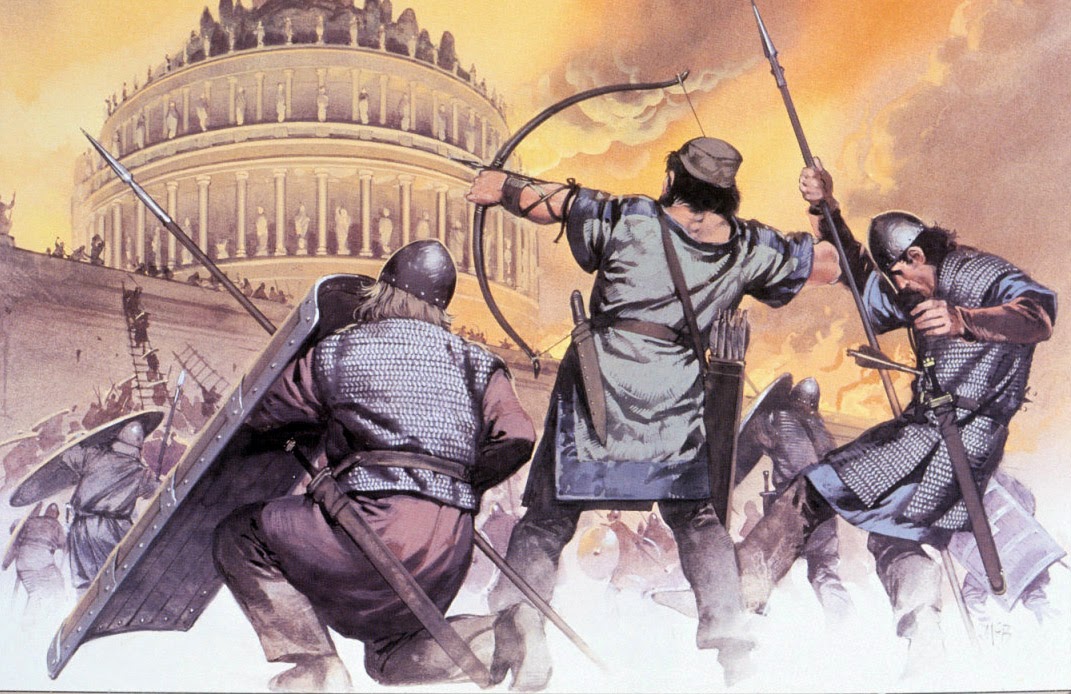.jpg) |
| Rome burning (Goths) |
 |
| Flavius Stilicho confronts Goths |
 |
| Vandal King Genseric_sacking_Rome_455 |
 |
| Saracens in 846_The Battle of Ostia |
 |
| 1084 Normans Sack Rome |
 |
| Rome, the Savage City |
 |
| ancient-roman-floor-mosaic-geometric-shapes-motif-floral-pattern-abstract-background-41833209 |
 |
| 2092447-Roman-floor-Church-of-the-Nativity-1 |
The
thin slabs of ancient epitaphs were easily adapted into borders and panels or
fitted into pavements, which explains why the floors of Romans churches are so
richly and irrelevantly inscribed.
 |
| Basilica-di-San-Paolo-fuori-le-Mura_Interior-view_6426 |
It is easier to pry a block from a crumbling
ruin or dig it out of the Roman earth than to quarry it fresh from the hills of
Carrara. Across Italy the competitive ambitions of rising medieval towns
created a demand for new churches that seemed endless. Duomos and campaniles
needed heavy stone foundations, thick walls, and monumental arches.
As the industry grew, and as the Romans marble cutters' booty exceeded the
needs of the local market, they shipped more and more of their wares abroad on
light coasting ships for the new cathedrals of Pisa, Lucca, Salerno, Orvieto
and Amalfi, among others.
In+786-787+A.D.+Pope+Hadrian+authorized+Charlemagne+to+transpor.gif) |
| Charlemagne's Chapel at his Court in Aachen (Aix-la-Chapelle)1 |
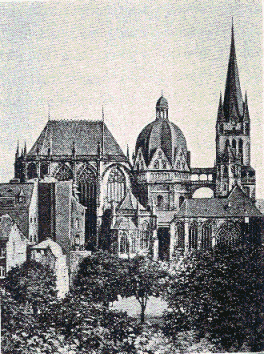 |
| Charlemagne's cathedral at Aix-la-Chapelle |

Aachen-Kupferstich-Merian
Aachen/Aix-la-Chapelle
is one of the most
beautiful and historic medieval cities in northern Europe. In 794, Charlemagne
established the city as his seat of government

Aachen/Aix-la-Chapelle
is one of the most
beautiful and historic medieval cities in northern Europe. In 794, Charlemagne
established the city as his seat of government
Pieces of roman marble can be identified in Charlemagne's cathedral at Aix-la-Chapelle, in Westminster Abbey, and in churches in Constantinople.
Charlemagne's
Chapel at his Court in Aachen (Aix-la-Chapelle)-- Only few dates are known
about when Charlemagne ordered the building of the Palace Chapel. In
786-787 A.D. Pope Hadrian authorized Charlemagne to transport marble from Italy
to Aachen. In 798, the "precious" ancient columns were erected in the
church. The delivery of the relics in 799-800 assured the completion of the
building. Its inauguration by Pope Leo III in 805, however, is a legend.
The Sant' Adriano kilns were devoted to burning the marbles of the nearby imperial forums, the Agosta consumed pieces of the mausoleum of Augustus, while La Pigna was fed by fragments torn from the Baths of Agrippa and the Temple of Isis.

Lime Kiln like the ones in which most ancient marble ended up

Temporary kilns were erected in the Baths of Diocletian, near the Villa of Livia, at the Basilica Julia and the Temple of Venus and Rome, and remained there until adjacent materials were exhausted.
 |
| INTERIOR of S. MARIA DEGLI ANGIOLI, FORMERLY THE CENTRAL HALL OF THE BATHS OF DIOCLETIAN, Year 1776 by Piranesi, Giovanni |
.jpg) |
| Wenceslas_Hollar_-_Baths_of_Diocletian_(State_2) |

TempleVenusRome1

 |
| Ruines du temple de Vénus à Rome |
At the Circus Flaminius the whole district was called the Lime Pit.
 |
| The Circus Flaminius was a large, circular area in ancient Rome, located in the southern end of the Campus Martius near the Tiber River. It contained a small race-track used for obscure games, and various other buildings and monuments. It was ‘built,’ or sectioned off, by Gaius Flaminius Nepos in 221 BC. |
A Vatican document of July 1, 1426, authorized a company of lime burners to demolish the Basilica Julia on the Sacra Via
 |
This is a derivative work of a 3D, Computer generated image of the Basilica Julia by the model maker, Lasha Tskhondia
|
so that they could feed their kilns with chunks of travertine, on the condition only that the papal authorities receive half of the product.
--- p. 581 The Discoverers, Daniel J. Boorstein, 1985
Above is a closer view of Gismondi's model, this time from
the North East. To get your bearing note the position of the Island of Tiberini
and the Theatre of Marcellus. Near the centre of the images is the Forum
Romanum, the old political heart of the Roman Republic. The main building of
which is the Basilica Julia, built by Julius Caesar. To its left is the Temple
of Castor and Pollux and to its right is the Temple of Saturn and next to that
the Temples of Vespasian and Concorde.
In the foreground are a number of Imperial Forums, built by various later
Emperors. Note the big walls designed to prevent fires from spreading from the
slums of Subura. For more information about the
structures in the Forum, see this plan below.

Forum Romanum Reconstructed.

This is the Forum, the ancient heart of the city
of Rome. Sometimes it is referred to as the Forum Romanum in order to
distinguish it from the other forums (fora) that grew up and around the city,
but this was not its original name. It was simply The Forum, and the
name still resonates with us today as a place to meet.
95% of the 350 statues in this model by Robert Garbisch were
made out of clay. There are over 720 Roman citizens living in this model and
carrying on with their lives. This particular day in the Forum is the last
visit by the good Emperor Marcus Aurelius to Rome during the summer of 179 AD.
 |
| Temple_of_Caesar_3D |
 |
| rome temple caster-pollusx |
.jpg) |
| Temple_of_Antoninus_and_Faustina_(Rome) |
|
Temple of Vesta
| |||||||||||||||||||||||||||||
But the process of destruction really gained pace during the Renaissance, ironically a time in which Italians slowly began rediscovering their classical past.
If it were in our power to snatch the secret of the origin
and former purpose and use of the marbles, stones, and bricks with which our
palaces, our cloisters, and our villas have been built and embellished, or to
recall to life the masterpieces of Greek and Roman statuary, hammered and
ground into dust or burnt into lime, our knowledge of the city of the Caesars
would be almost perfect.
The rebuilding of S. Peter's alone, from the pontificate of Martin V. to that of Pius VII, caused more destruction, did more injury to ancient classic remains, than ten centuries of so‑called barbarism. Of the huge and almost incredible mass of marbles, of every nature, color, value, and description, used in building S. Peter's, until the beginning of the present century, not an inch, not an atom, comes from modern quarries; they were all removed from classic buildings, many of which were leveled to the ground for the sake of one or two pieces only.Basilica_di_San_Pietro_1450Drawing and graphic reconstruction of the Constantinian basilica over the grave of St. Peter in Rome. The figure shows, according to the caption, the building in 1450.In the right background, however, the Sistine Chapel can be seen, whose construction started in 1475 and finished in 1483. Since the foundation stone was laid for the new St. Peter's Cathedral in 1506, the drawing shows the state between 1483 and 1506. Drawing from H.W.Brewer, 1891In order not to wander too far from the main subject, I will cite one item only of these annals of destruction: I will mention what happened in the valley of the Forum between 1540 and 1549. In less than ten years' time, the men employed by the contractors of S. Peter's to search for building materials crossed the valley of the Forum from end to end, like an appalling meteor, destroying, dismantling, splitting into fragments, burning into lime, the temples, the arches, the basilicas most famous in Roman history, in the history of the Old World, together with the inscriptions which indicated their former use or design, and the statues and bas-reliefs which ornamented them.In 1540, the podium, step, and pediment of the temple of Antoninus and Faustina were removed to S. Peter's or otherwise made use of. Between 1541 and 1545 the same fate befell the triumphal arch raised in honor of Fabius Maximus, the conqueror of Savoy; the triumphal arch raised in honor of Augustus after the battle of Actium;Augustan triumphal arches, reconstruction, overviewthe temple of Romulus, son of Maxentius; and a portion of the Cloaca Maxima. In 1546 the temple of Julius Caesar was leveled to the ground, together with the Fasti Consulares and Triumphales engraved on its marble basement; in 1547 the temple of Castor and Pollux was dismantled; in 1549 the temple of Vesta, the temple of Augustus, and the shrine of Vortumnus
|
 |
| Temple Vortumnus and the Temple of Consus in the northwest corner. |
One must examine carefully, sheet by sheet, the note-books and studies left by such men as Michael Angelo, Baldassare Peruzzi, Silvestro Peruzzi, Antonio di Sangallo, Sangallo il Gobbo, Bramante Lazzari, Antonio Dosio, Piero Santo Bartoli, Giovanni da Udine, as I have done myself, to get the true idea, to fathom with the right line their immense love and admiration for ancient art. Even the most obscure and uninteresting bits and fragments of moldings were taken up by them as subjects of study and investigation.
Arc-auguste-localisation(below)
However, all this love, all this admiration, was purely platonic and material: they all considered ancient remains and architectural masterpieces not as things of beauty in themselves, worth being respected and cared for, as we do now; they looked upon them as a simple means of learning art, and of perfecting themselves in the practice of their profession. When they had got from the original all the advantage which they thought it capable of affording, they abandoned it to its fate, as an altogether useless thing.
There is no longer any doubt that the Romans have done more harm to their own city than all invading hosts put together. The action of centuries and of natural phenomena, such as hurricanes, earthquakes, fires, and inundations, could not have accompanied what men have, willingly and deliberately.
--- Chapter 6, Ancient Rome in the Light of Recent Discoveries by Rodolfo Lanciani (published 1898)
Alas, the forum today lies in ruins but to see what remains of these buildings, try this clickable guide.
 |
Forum Romanum panorama 2 |
Running left to right: The Arch of Septimus Severus, the
Temple of Saturn and the Basilica Julia. Behind the Arch is the Senate
building, the Curia and next to this is the Basilica Aemilia, the Temple of
Antoninus and Faustina, the Temple of the Divine Julius (Caesar), the Temple of
the Vesta and the Temple of Castor and Pollux.
 |
| Cole_Thomas_The_Course_of_Empire_Destruction_1836 |
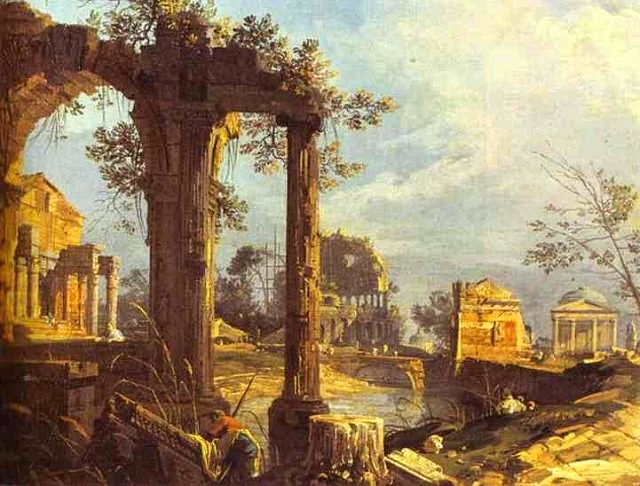 |
| Capriccio_ View with Ruins. Canaletto c 1740. |
 | |
| Roman Ruins with the Arch of Titus |
 |
| ThomasCole-Desolation |
 |
| View of the Forum in 2008. The Colosseum is visible in the background. This photo was stitched together using 7 photos.Roman_forum_cropped |
 |
| Giovanni_Paolo_Pannini_-Roman_Ruins_with_the_Statue_of_Apollo,_1740s |
"There is no longer any doubt that the Romans have done more
harm to their own city than all invading hosts put together. The action of
centuries and of natural phenomena, such as hurricanes, earthquakes, fires, and
inundations, could not have accompanied what men have, willingly and
deliberately."
RELATED MATERIALS:
At Capitolium.org there is an
interactive map that allows you to better familiarize yourself with the ruins
of Ancient Rome. It includes the Imperial Forums, Roman Forum and the Palatine
Hill. You can find the link here.
http://www.capitolium.org/eng/fori/pianta.htm
http://www.capitolium.org/eng/fori/pianta.htm
*Taken
from many sources*
*
John Lagado*
*original post date May 27, 2009
Comments Re-post:
sonnycortez wrote on May 30, '09
Thank you so much, i am so fascinated by this post as a
student of history
|
|
nosauvelta wrote on May 31, '09
You're welcome, Sonny...
I, myself, couldn't have
thought that such grand scale
destruction happened in Ancient Rome,
the greatest civilization ever to exist,
a destruction brought about and tolerated
by its own people, for the sake of
‘redistribution’ and ‘rebuilding’
by making intensive use of what
was already at hand without
anymore giving incentives for
originality and the flow of energetic creativity--
like, one hand did the right thing
while the other was making mistakes.....
|
 |
delete reply
sonnycortez wrote on May 31, '09, edited on
Jun 2, '09
perhaps it is in the nature of empires to rise and fall.
it never crossed my mind that the world has had the following empires:
Ancient Period (BC)
Egyptian Empire (3100BC to 30 BC)
Norte Chico Empire (3000-1800 BC)
Indus Valley: Empires: Harappa and Mohenjo-Darro
(2550-1550 BC)
Akkadian Empire (2500-2000 BC)
Babylonian Empire (1792-1595 BC)
Ancient Chinese Empires: Shang (1751-1111 BC), Chou
(1000-800 BC), etc.
Hittite Empire (1500-1200 BC)
Assyrian Empire (1244-612 BC)
Persian Empires (550 BC to 637 AD) including Achemenid
Empire (550-330 BC), Sassanian Empire (224 BC-651 AD)
Carthaginian Empire (ca. 475-146 BC)
Athenian Empire (461-440 BC, 362-355 BC)
Macedonian Empire (359-323 BC)
Roman Empire (264 BC to 476 AD)
Parthian Empire (247 BC- 224 AD)
Pre-Modern Period (to 1500)
African Empires: Ethiopian Empire (ca. 50-1974), Mali
Empire (ca. 1210-1490), Songhai Empire (1468-1590), Fulani Empire (ca.
1800-1903)
Mesoamerican Empires esp. Maya Empire (ca. 300-900)
Teotihuacan Empire (ca. 500-750), Aztec Empire (1325-ca. 1500)
Byzantine Empire (330-1453)
Andean Empires: Huari Empire (600-800); Inca Empire
(1438-1525)
Chinese Pre-Modern Empires: including T'ang Dynasty
(618-906), Sung Dynasty (906-1278)
Islamic Empires esp. Umayyid/Abbasid (661-1258), Almohad
(1140-1250), Almoravid (1050-1140)
Carolingian Empire (ca. 700-810)
Bulgarian Empire (802-827, 1197-1241)
Southeast Asian Empires: Khmer Empire (877-1431), Burmese
Empire (1057-1287)
Novogorod Empire (882-1054)
Medieval German Empire (962-1250)
Danish Empire (1014-1035)
Indian Empires, including Chola Empire (11th cent), Empire
of Mahmud of Ghazni (998-1039 AD), Mughal Empire (1526-1805)
Mongol Empire (1206-1405)
Mamluk Empire (1250-1517)
Holy Roman Empire (1254-1835)
Habsburg Empire (1452-1806)
Ottoman Empire (1453-1923)
Modern Period (after 1500)
Portuguese Empire (ca. 1450-1975)
Spanish Empire (1492-1898)
Russian Empire/USSR (1552-1991)
Swedish Empire (1560-1660)
Dutch Empire (1660-1962)
British Empire (1607-ca. 1980)
French Empire (ca. 1611- ca. 1980)
Modern Chinese Empire: esp. Ch'ing Dynasty (1644-1911)
Austrian/Austro-Hungarian Empire (ca. 1700-1918)
US Empire (1776-present)
Brazilian Empire (1822-1889)
German Empire (1871-1918, 1939-1945)
Japanese Empire (1871-1945)
Italian Empire (1889-1942)
Factors and causes that brought about their respective
downfall are varied, depending on the circumstance of place and period in
history. Regarding the Roman Empire, as the saying Rome was not built in a
day the same holds true for its downfall. The internal rot we now see taking
place in the US empire did likewise afflict the Roman Empire. However, what
took some hundreds of years to complete the Roman downfall is now taking a
matter of months for the global economic system to implode.
|
 |
nosauvelta wrote on Jun 1, '09
Wow, that’s academically rigorous, but cool, Sonny.
Your perspective is interesting. US may go the way of Rome
- When we try and layer that on the present, that is called “modernism”. On
the surface that seems like a reasonable theory to posit knowing that the
institutions of the United State, above all, its Constitution, could be
corrupted by the ambitions of an 'imperial' presidency. Every time a
commander in chief attempts to increase the power of the executive branch,
pleading wartime exigency, there is predictable concern that the state is in
danger.
Going into detail on this, Rome fell due to some very
particular conditions unique to it: excess in governance, inner decadence,
excessive taxation, inflation, and over-regulation, barbarian invasion,
military over pull, religious conversion and wanton disregard for the
preservation of objects of cultural heritage as discussed in this blog item.
The military grabbed a huge portion of what was available manpower. With
wars, a plague and a shaky and volatile politics, there could be unleashed
ravage on economy. Noted were rampant moral degeneracy and depravity,
uncontrolled squanders and spending by the emperors also added to the tax
burden often without any real benefit to the economy.
In Ancient Rome, if we are to equate it with today, the
pressures were on a stagnant if not shrinking middle class are increasing
despite growth in the economy (which is being enjoyed almost exclusively by
the wealthiest 10% or less). And of course there were plenty of fiscal
problems: like said, immense military troops and continuous foreign wars were
a horrific strain on the budget.
When there was deficit spending in this ancient economy,
there could be direct results like, devaluation of the currency, inflation,
economic contraction, etc. To sum it up, bad governmental policy strangled
the economy and destroyed the middle class to such a point that
"barbarian invaders" became welcome like for most Romans it was a
relief because any change in the regime meant lower taxes, less corruption
and less abusive rule.
The US, though, is not an Empire in a similar way as that
of the Roman, Persian and all those enumerated empires were. It does not
directly rule over friendly states. Only since the end of the Cold War, in
which America's allies were of great importance, has the US acted imperially.
With its intervention in Iraq and its quasi imperial motives, US is currently
needlessly bleeding, so to speak. Wars costing trillions of dollars may
hasten the US's relative economic decline. Compared to other nations’ power,
US could be on a decline trail, yet, it is not going to fall any time soon,
just as Rome took a long damn time to fall, like, several centuries. The
world of the future will not be one of a sole hyper power switching places,
but is going to be a multi-polar world, a world with many similar powers as
it was around turn of the century 1900.
|



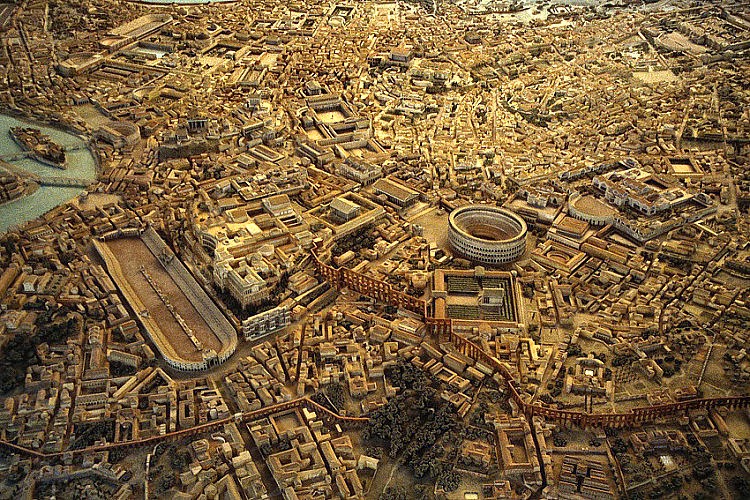

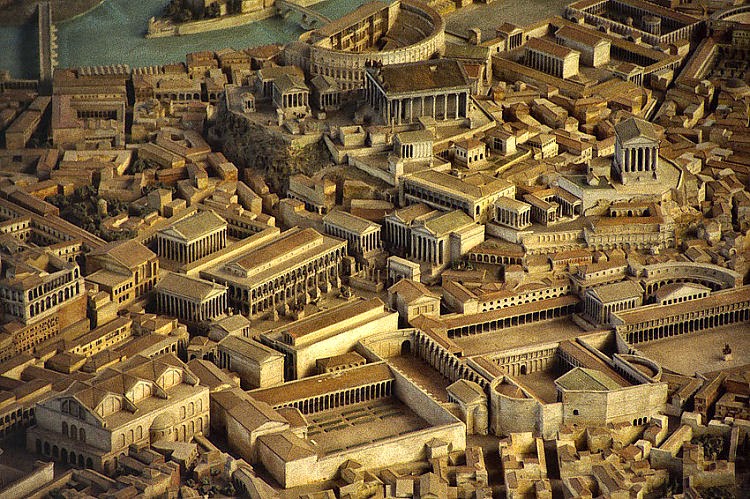

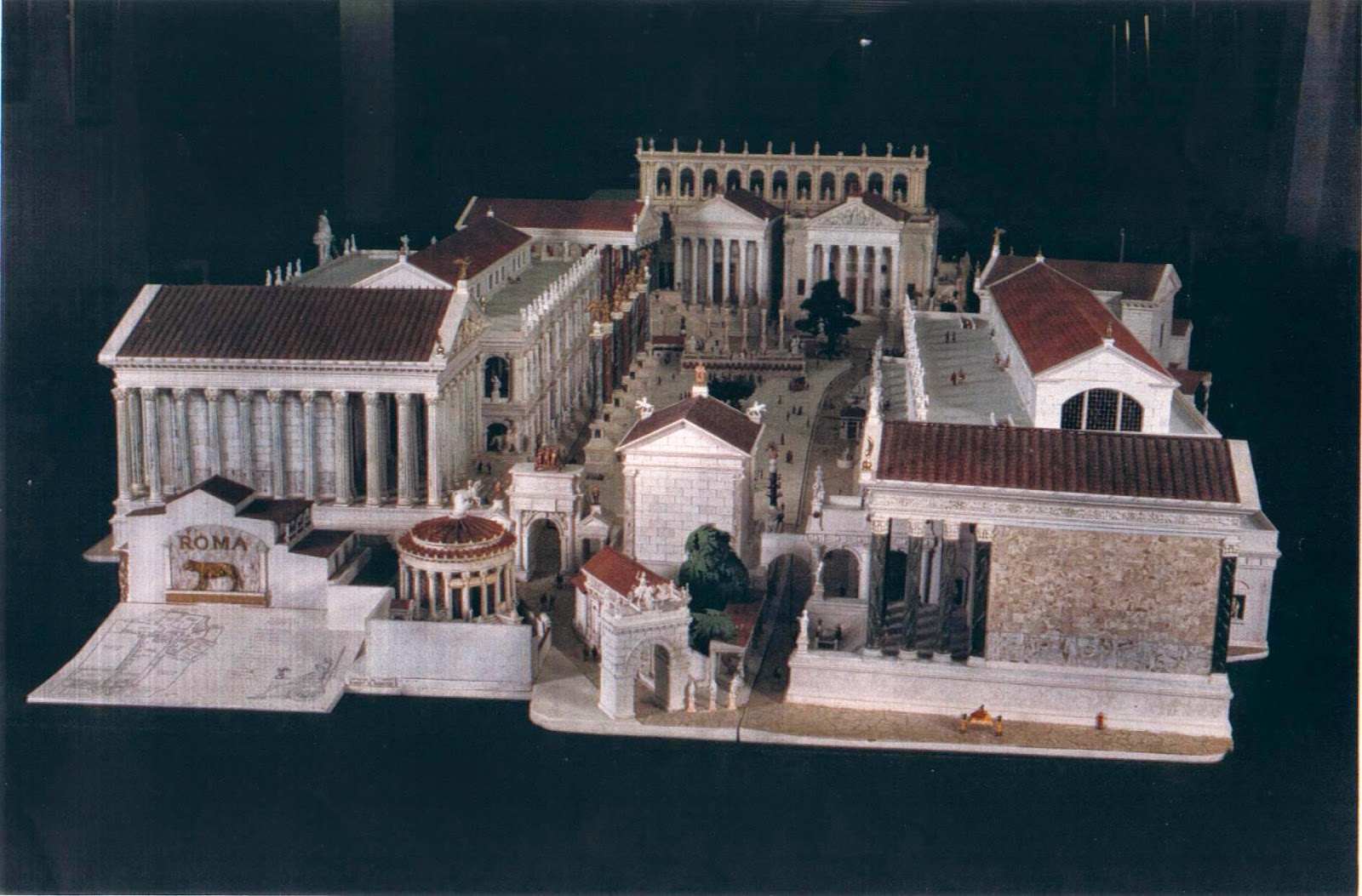



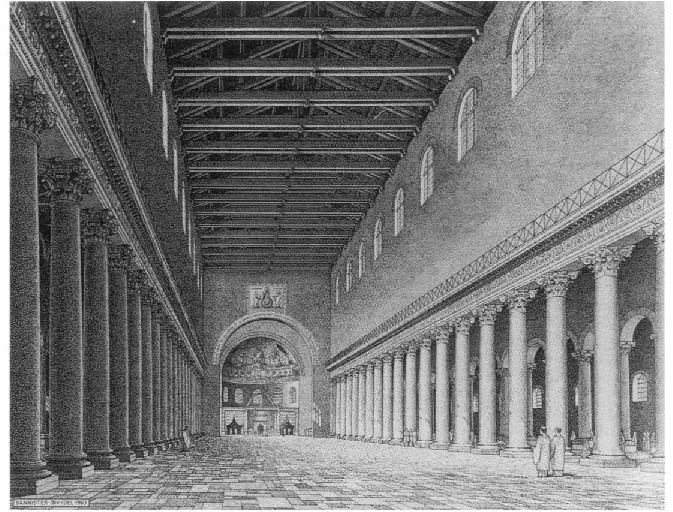




No comments:
Post a Comment